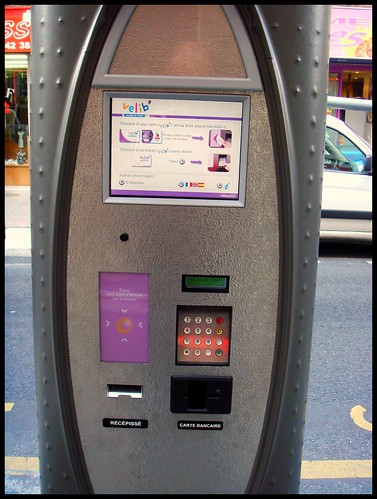
What does this comparison tell us? The bus fleet that we have in Fairfax is not diverse enough to meet all of the varying regions of Fairfax. While construction more multi-million dollar park and rides could provide some better transit services, it will be costly and will lead to more traffic jams, now centered around transit centers. The best solution is common sense reform that provides a unique solution to dense suburban regions.
With capacity for 22-passengers, Compact buses will be more than capable of meeting most demands. Guess what? The added benefit is, if the bus is being over used, it will be half the cost to add a new bus to the network to meet overflow, and will provide more consistent headways. Just like a the US Navy doesn’t have a one size fits all solution to all naval needs, the Fairfax Connector needs more options and more variability to reduce costs. Better yet, instead of simply cutting back on transit with the savings, the areas with efficient compact buses can utilize the savings to provide more consistent access and wider coverage.

Let’s not argue about “looking like a urban bus system” let’s have a bus system that acts like one, with efficient times, some late night services, and capability to get to where residents live. Fairfax could utilize the price parity of EV Compact Buses to invest in technology that is far less susceptible to rapid changes (almost always upward) in fuel costs and would be the envy of the East Coast. What better way to put Fairfax on the transit map, than to show how electric vehicles can provide the necessary function and save money for a jurisdiction?
No one is suggesting a complete removal of the our current inventory. There are plenty of areas, and more importantly plenty of times of the day, that still need a 35′ or 40′ traditional bus to meet needs. But if we are talking about expanding with more buses, in many areas to unproven, low demand regions, we need to be realistic and flexible. Spend that money in getting a different kind of product. If the area out grows that product, then it means that it is paying back far more than it is costing and ultimately would be providing the future funds necessary to keep growing.
This is a good situation to be in, this should be the goal for our bus system; paying for future growth.
We are running in a large subsidy and instead of trying to squeeze hours of service and cutting back on access, we need to first consider how to run this business better. The primary goal should be finding ways to better engage the public and increase the average ridership which has the largest impact on the solvency for the system. With nearly $100 million per year to invest, Fairfax is capable of having a great transit system in its own right. We need to do what Northern Virginia does best; more with less, save money on waste, and provide a superior product whenever possible.
